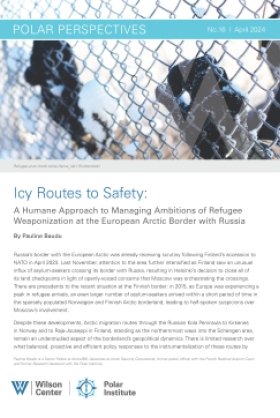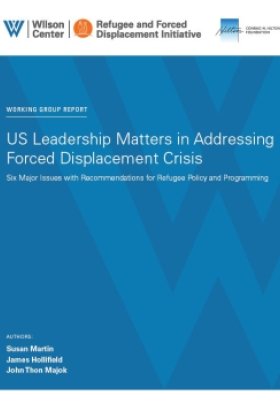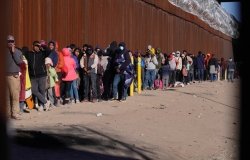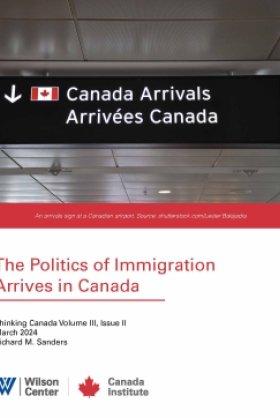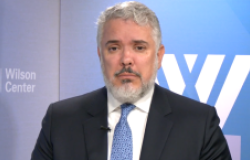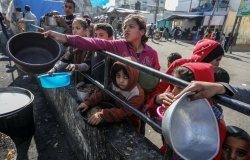U.S. Immigration Policy and Mexican/Central American Migration Flows: Then and Now
New Report analyses migration from Mexico and Central America throughout three major migration periods: Pre 1930's, The Bracero Program, Post 1964
In a new Migration Policy Institute report, “US Immigration Policy and Mexican/Central American Migration Flows: Then and Now”, Marc Rosenblum and MPI Associate Policy Analyst Kate Brick look at migration from the region through three major migration periods: the mostly laissez faire policies prior to the 1930s; the large-scale temporary worker program (the Bracero Program) during and after World War II that increased migration flows from Mexico enormously; and the mostly illegal system that emerged after the program’s end in 1964.
This work was prepared for the Regional Migration Study Group — a partnership project between MPI and the Latin American Program/Mexico Institute of the Woodrow Wilson International Center for Scholars. Issues to be explored by the Study Group include safer, better functioning, and more effective borders, the development and coordinated promotion of more efficient education and workforce-development systems, new strategies to advance immigrant integration, and ideas about better and more orderly migration systems. The group’s website,www.migrationpolicy.org/regionalstudygroup, showcases the initiative’s intent, member bios, and selected background readings.
To view the report click here.
Related Program

Mexico Institute
The Mexico Institute seeks to improve understanding, communication, and cooperation between Mexico and the United States by promoting original research, encouraging public discussion, and proposing policy options for enhancing the bilateral relationship. A binational Advisory Board, chaired by Luis Téllez and Earl Anthony Wayne, oversees the work of the Mexico Institute. Read more

